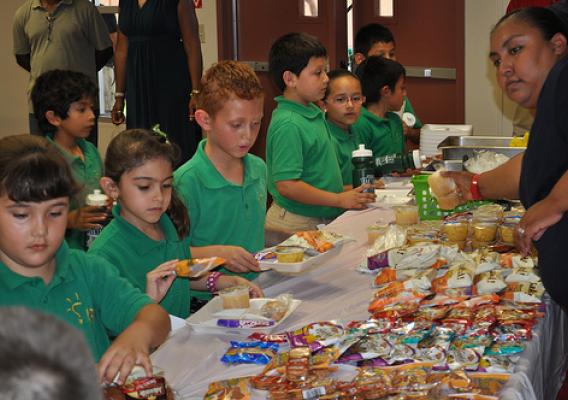USDA Under Secretary for Rural Development Dallas Tonsager had a unique opportunity to see the many dynamic things happening in rural Maine communities during his visit earlier this month. Each of the projects he visited represented a different way in which USDA Rural Development’s Programs are playing valuable roles, providing a multitude of benefits, including renewable energy, business sustainability, job creation and retention, distance learning, and telemedicine.
For example, I joined the Under Secretary and the Northeast Region State Directors on a ferry to Vinalhaven, a remote island community 12 miles off the coast of Maine. Once there, we were greeted by Town Manager Marjorie Stratton, and led on tours of the Fox Islands Wind site by Fox Islands Wind CEO George Baker, and COO Bill Alcorn. The three immense wind turbines will generate about as much clean renewable wind power as the Fox Islands use, which is between 10 and 10.5 million kilowatt hours per year. USDA Rural Development provided funding support to make possible the total $14 million wind turbine project.









